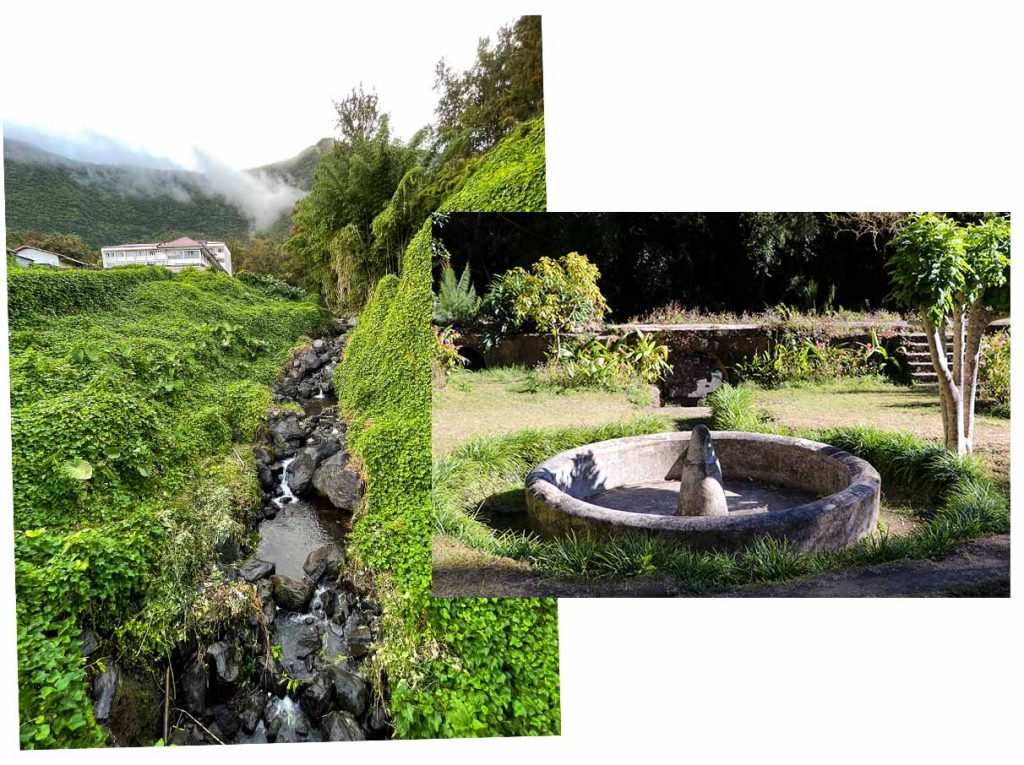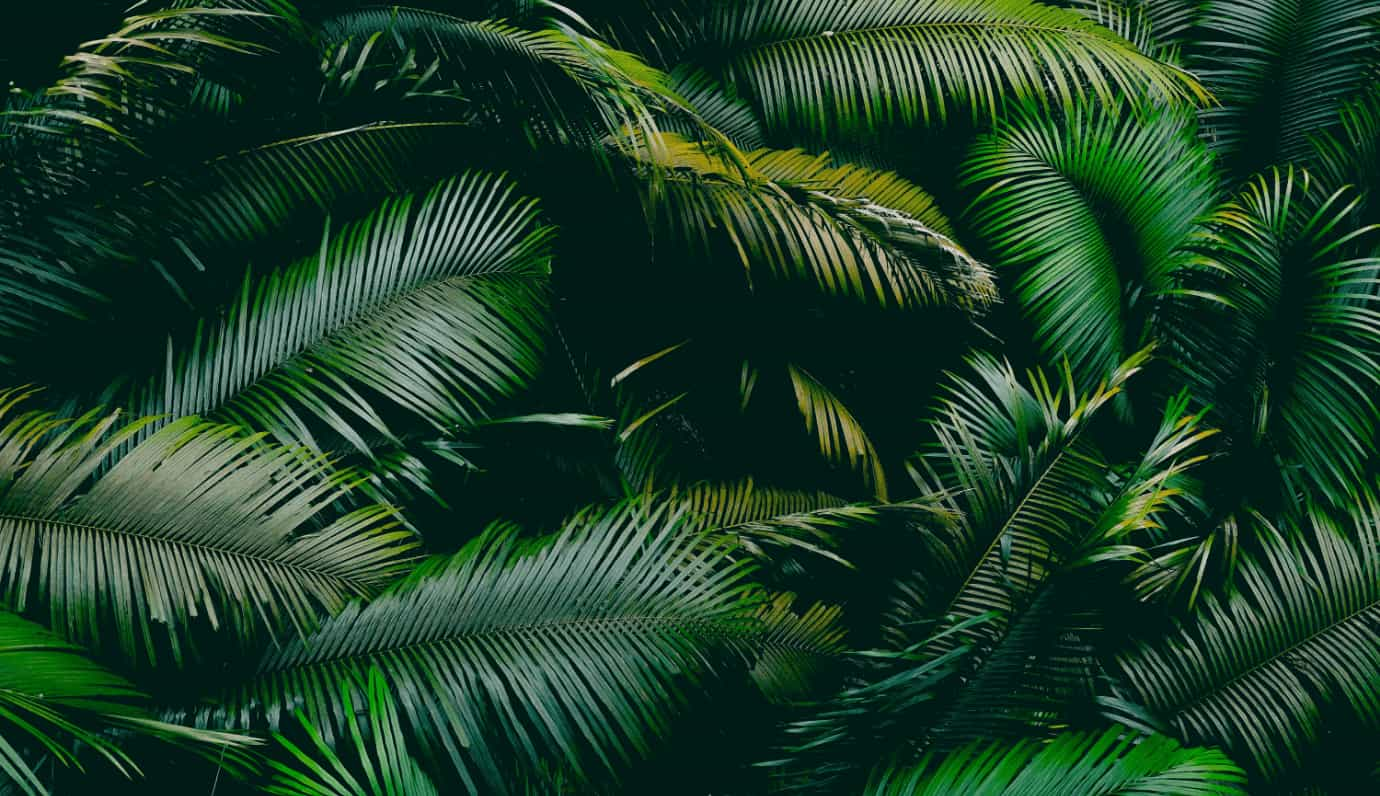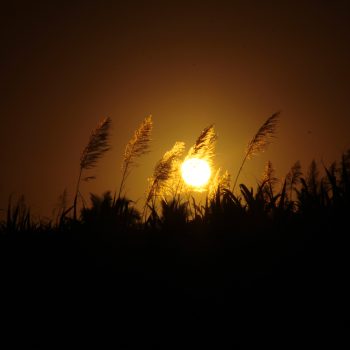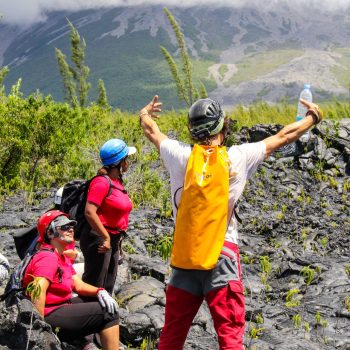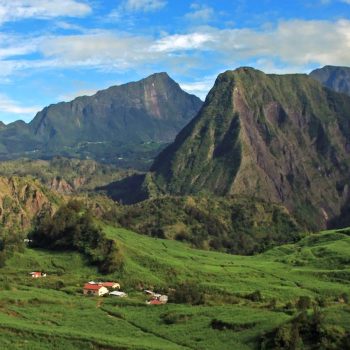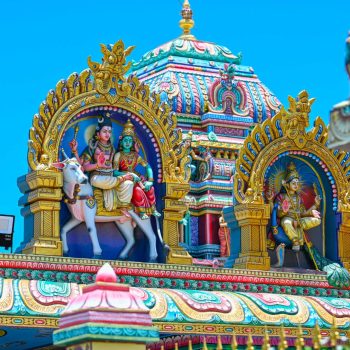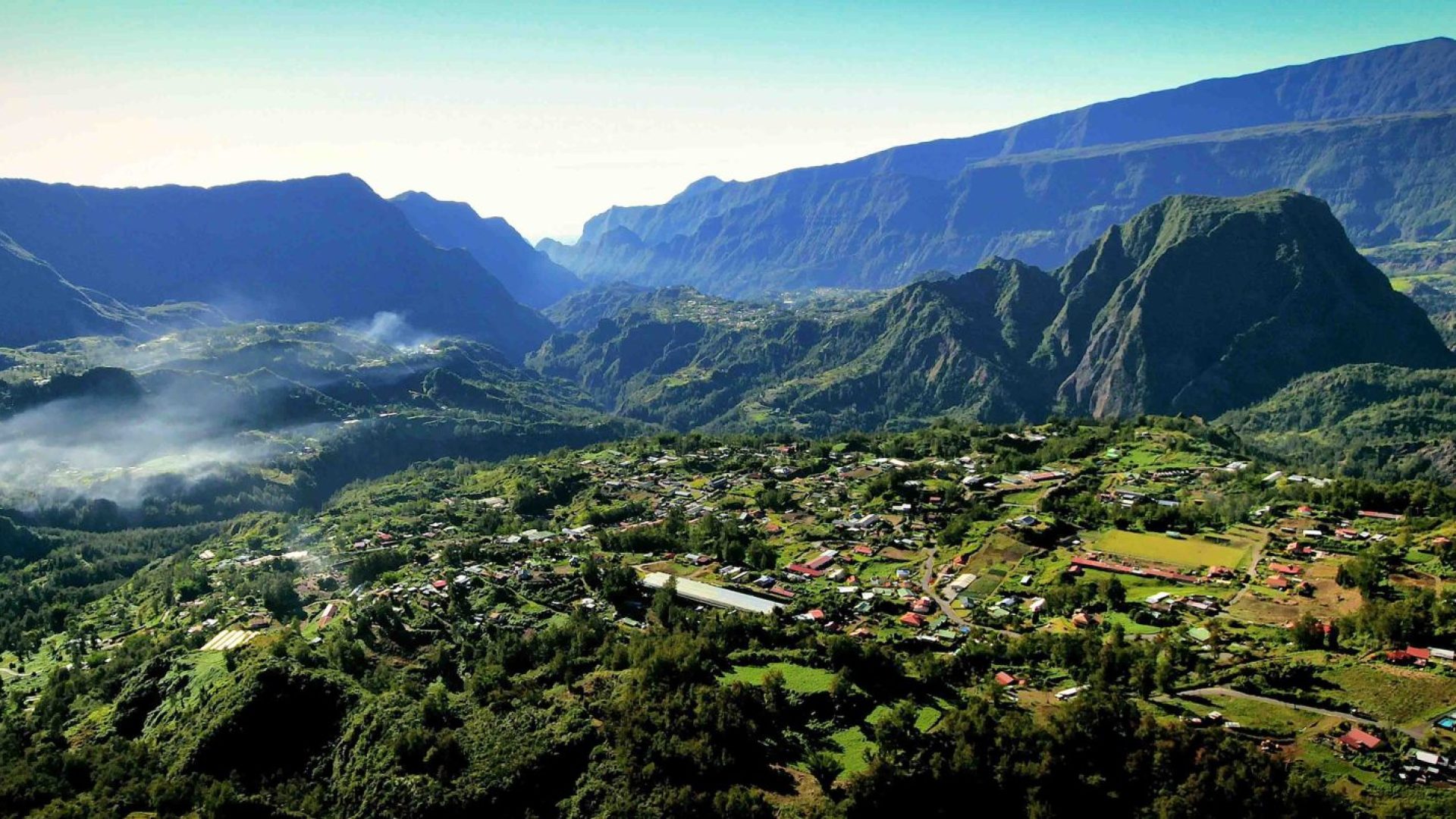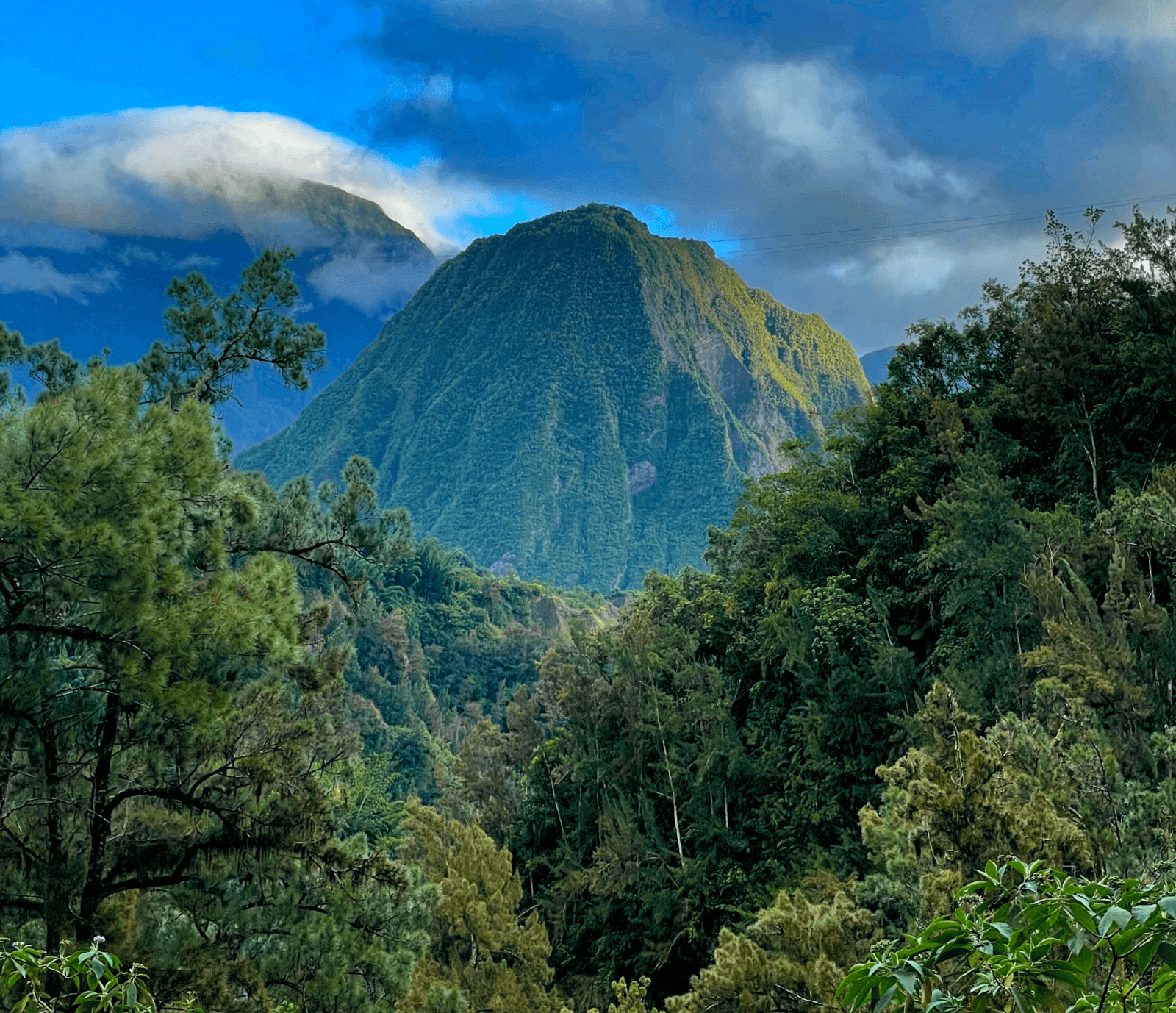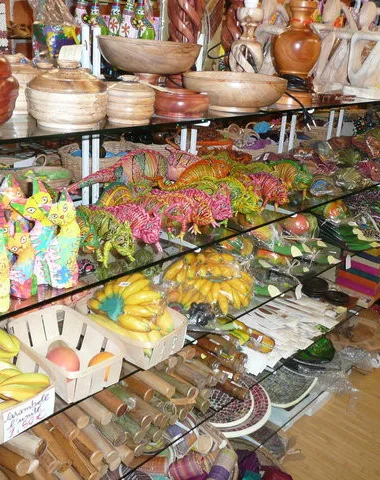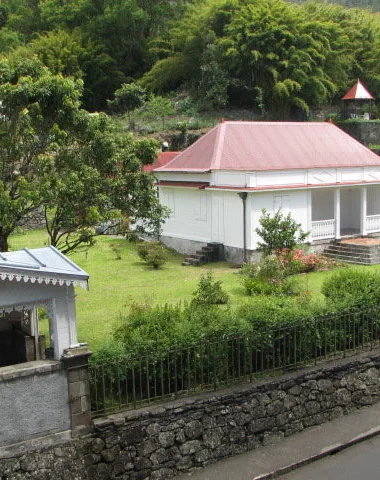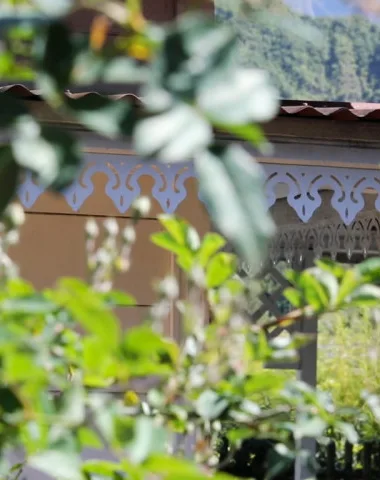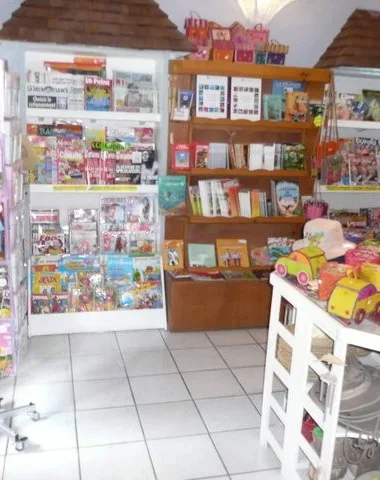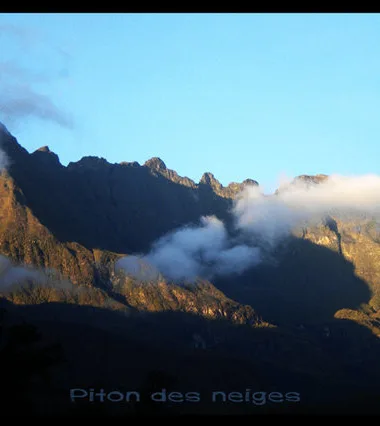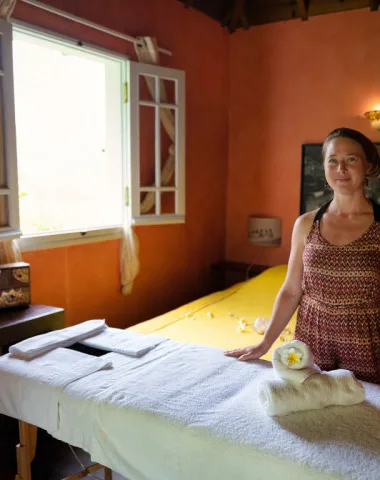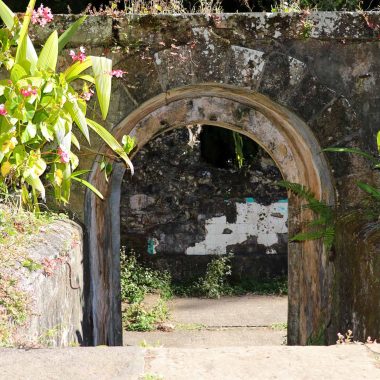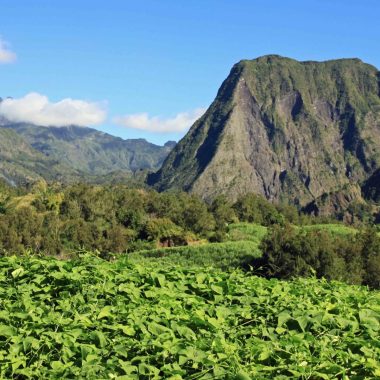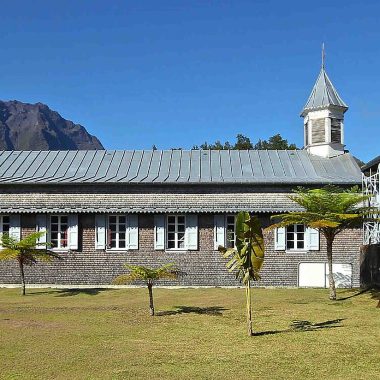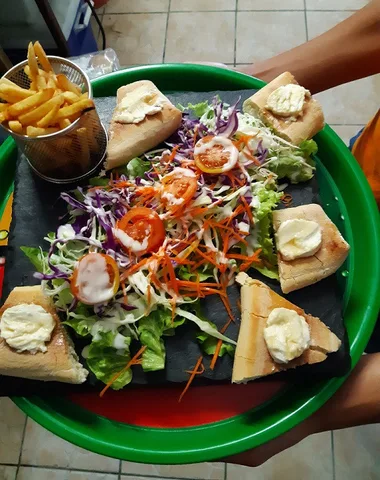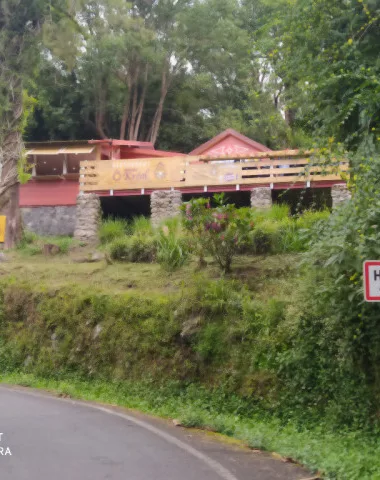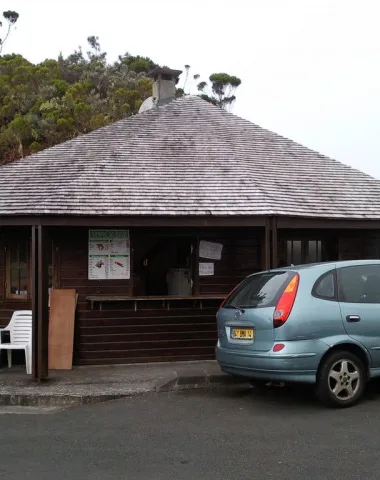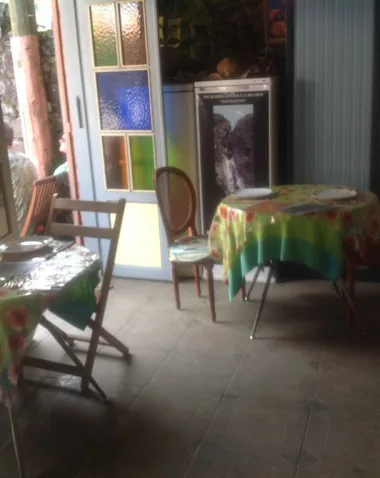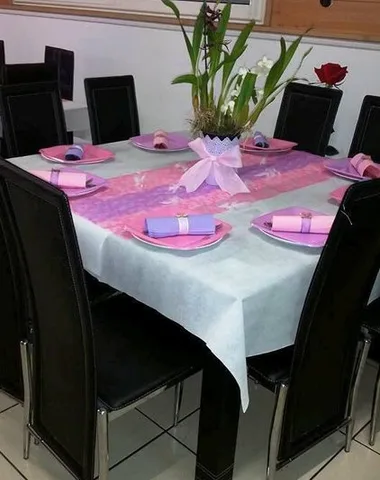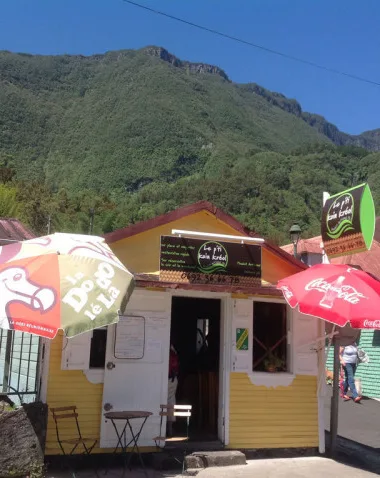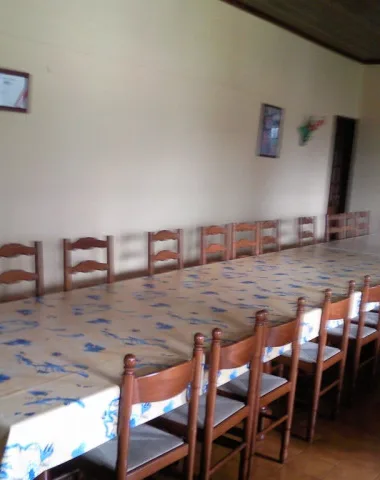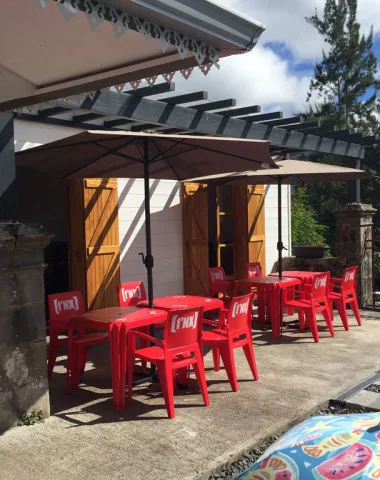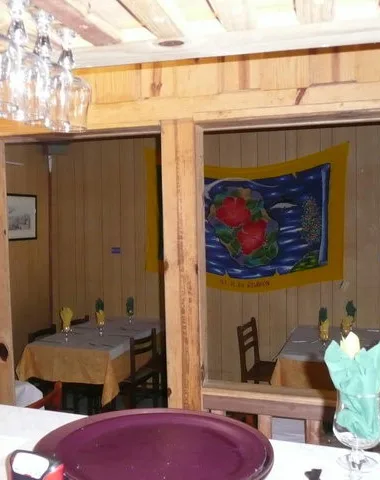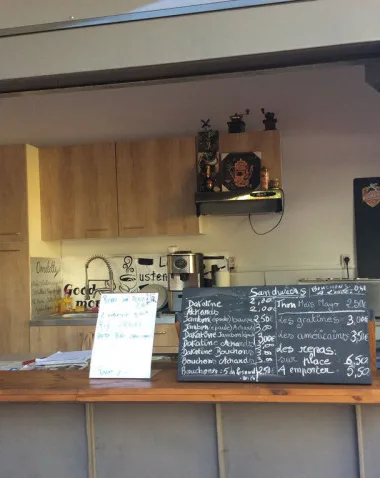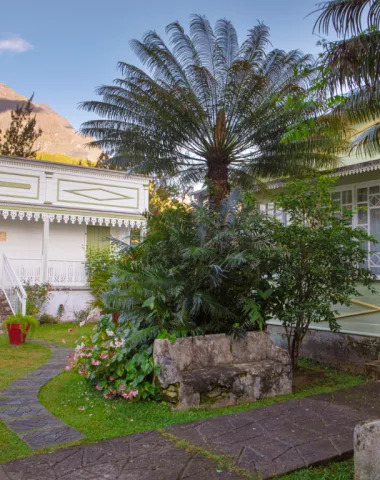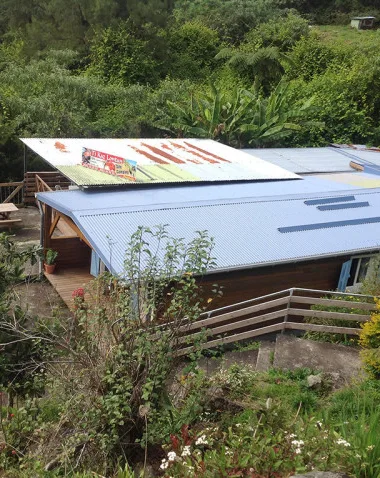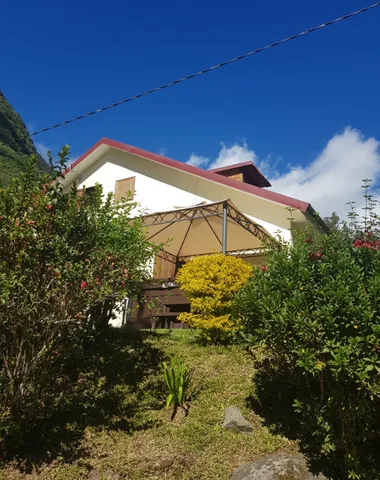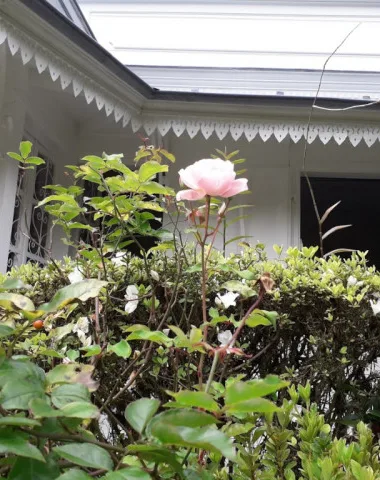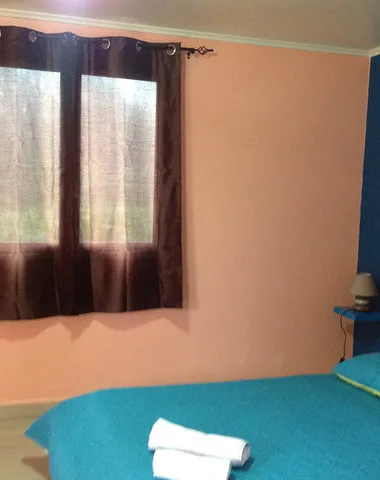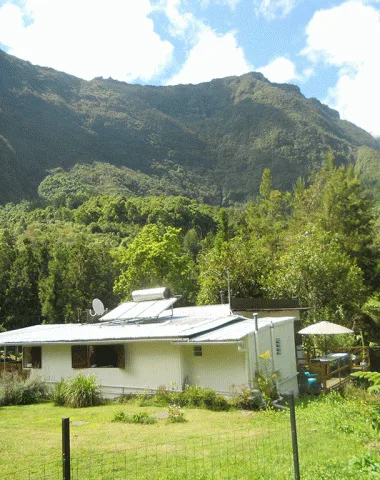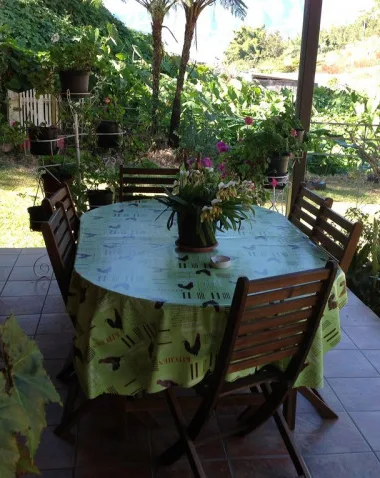Salazia is located in the center of the island, to the northeast of Peak of the Snows, circus natural of the same name. The whole of the municipal territory is in the Hauts. This explains Salazie's motto: "At the heart of the island radiates".
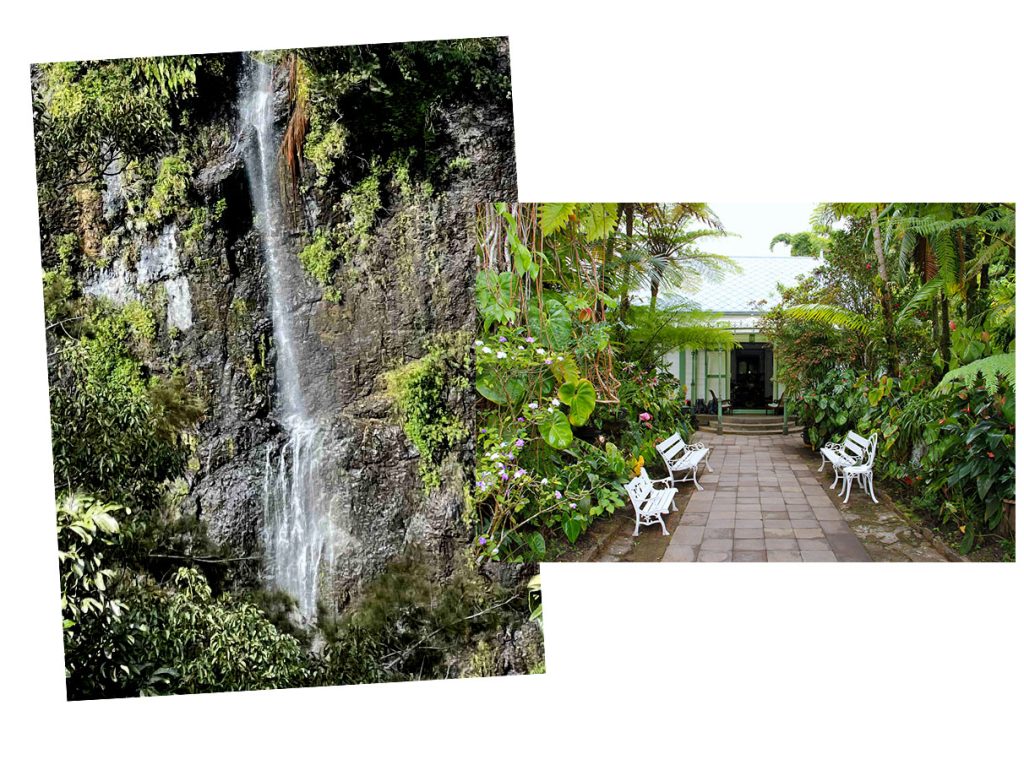
Salazia
Accessible by a single road, the circus of Salazie is delivered almost spontaneously, at the outlet of the gorges of the Rivière du Mât. The circus, listed in its entirety as World Heritage by UNESCO, is dominated by the Bridal Veil, one of the most beautiful waterfalls on the island and other vertiginous and unmissable falls.
The abundant rainfall that waters the region feeds these multiple waterfalls tumbling down the surrounding ramparts. The abundance of water favors the luxuriance of the vegetation and allows some typical cultures of the places like the darling which is the emblem of Salazie
Salazie, Hiking Circus
In the heart of the island of La Réuion, Salazie offers a sculpted relief, exotic and ideal for hiking, training and races Trail.
These are the villages ofHell-Bourg and Grand Ilet, where the reception bases of the trail station , which serve as a starting point for hikes in the region.
These hikes are numerous, remember to book among the many accommodations on site to be able to take advantage of them.
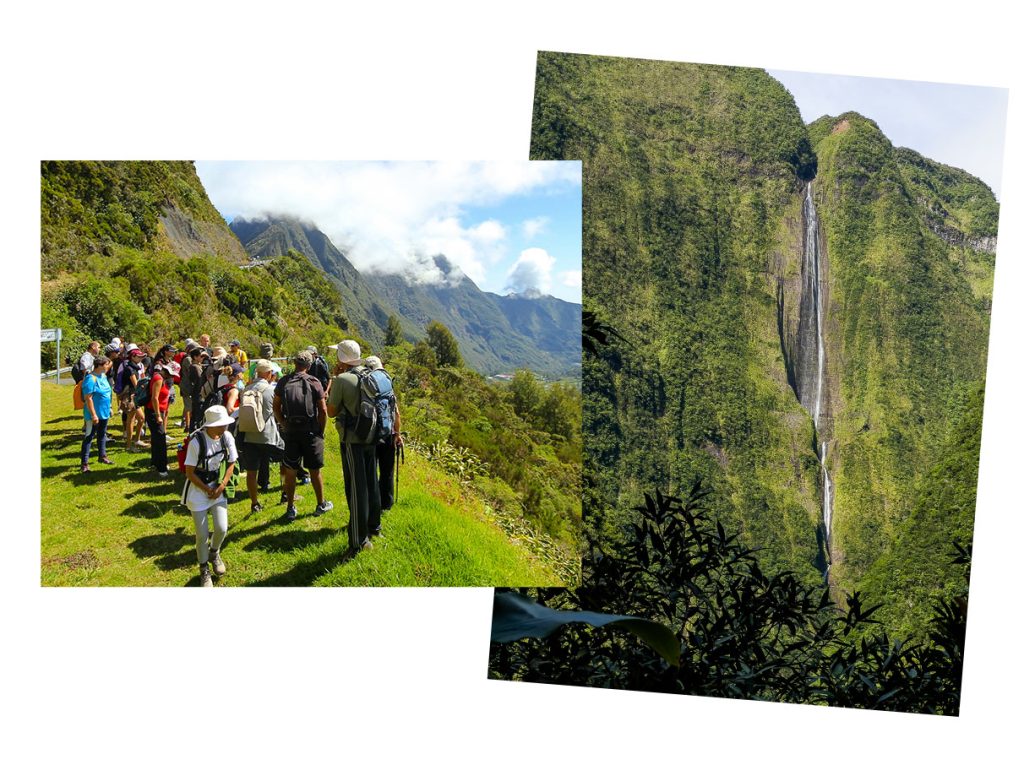
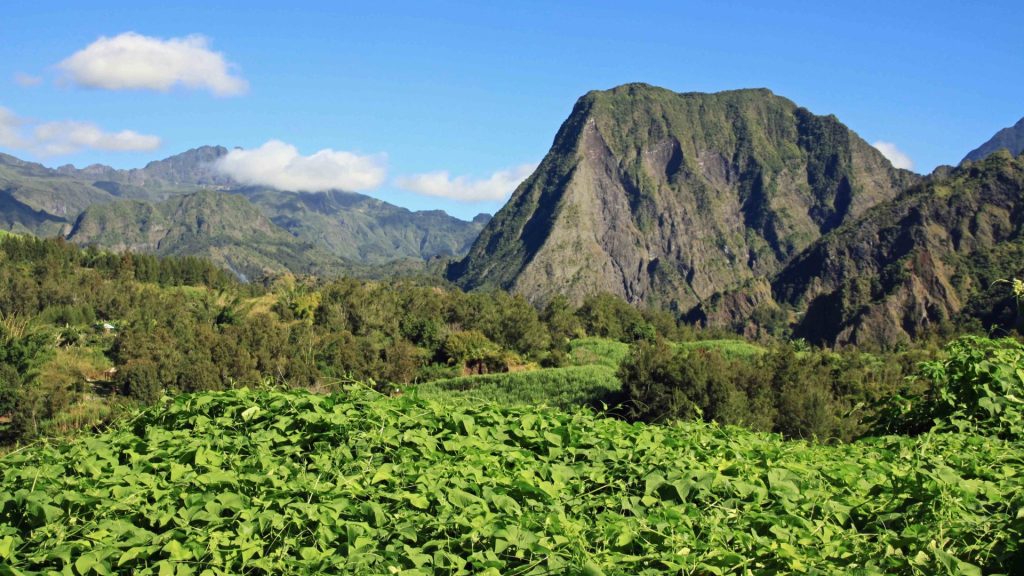
A little bit of history
The etymology of the word Salazie is controversial. For some, it would come from the "Salazes", these three characteristic rocks planted between the circuses of Cilaos and Mafate. Salazes would come from the Malagasy salazhon which means "tripod for pot". For others, it would come from Salaozy, name given by Annette Robinet de la Serve, daughter of Nicol Robinet de La Serve and which would mean "good camp". Or it would come from the name of a slave who had taken refuge there in the 1835th century, who was also called Salazie. The name of Salazie was not officially recognized until XNUMX.
Find out more
From the XVII e century, the circus served as a refuge, like the circuses of Cilaos and Mafate, for “maroons” fleeing properties on the coast. The struggle of the owners against these maroon slaves, in the form of punitive expeditions, had as its main consequence the discovery of the circus of Salazie. Certain figures of “maroons” left their name to places such as Piton d'Anchaing which owes its name to a slave who took refuge there with his wife Héva.
The beginning of the XVIIIe century was marked by the arrival of new settlers in Reunion (some fleeing the Revolution and the political instability of the time in mainland France) and by significant demographic pressure. The lack of land was sorely felt.
Dispossessed, some of these "Little Whites" emigrated to the heights of the island, on the edge of cultivated land, living from hunting, fishing, gathering, but also plundering homes. They were particularly numerous in the heights of Saint-André as well as St. Benedict where they led a life similar to that of the “maroons”.
Thermal activity
En 1832, it was while hunting the wild goat that Adrien Pignolet de Fresnes and Adam de Villiers discovered between the Hell-Bourg plateau and the Îlet à Vidot, more exactly at a place called "Bémaho", sources whose therapeutic value and medicine was quickly recognized. The first curists were installed in thatched huts.
Gradually, a village is created around the sources thermales in 1842. For almost a century, the village prospered and acquired magnificent Creole “change of air” huts for the wealthy families of the coast. But a scree buried these springs and put an end to the thermal area. The establishment disappeared (only the foundations remained) and the hospital, after having served as a hotel for many years, had been declining since its closure.
